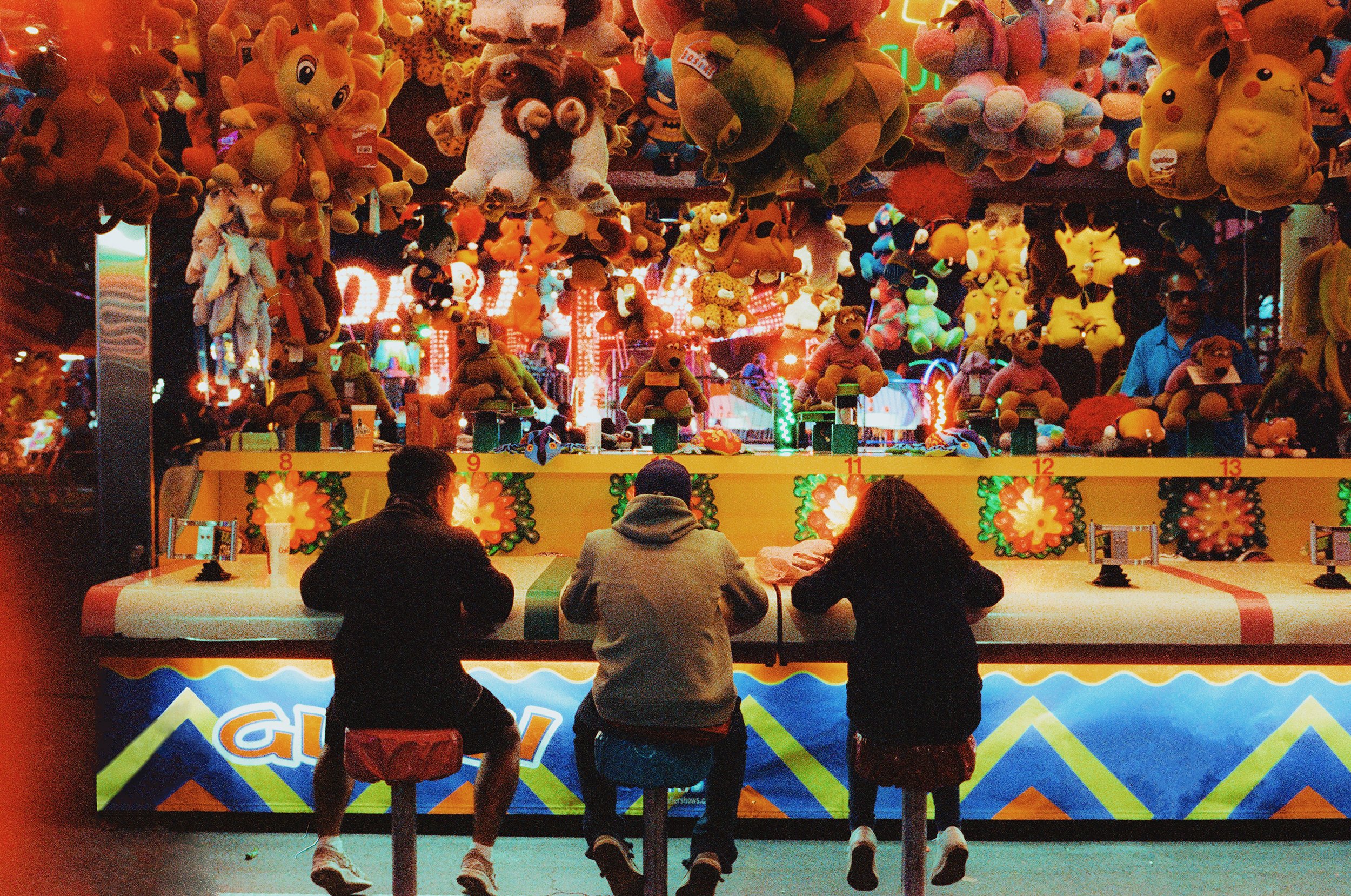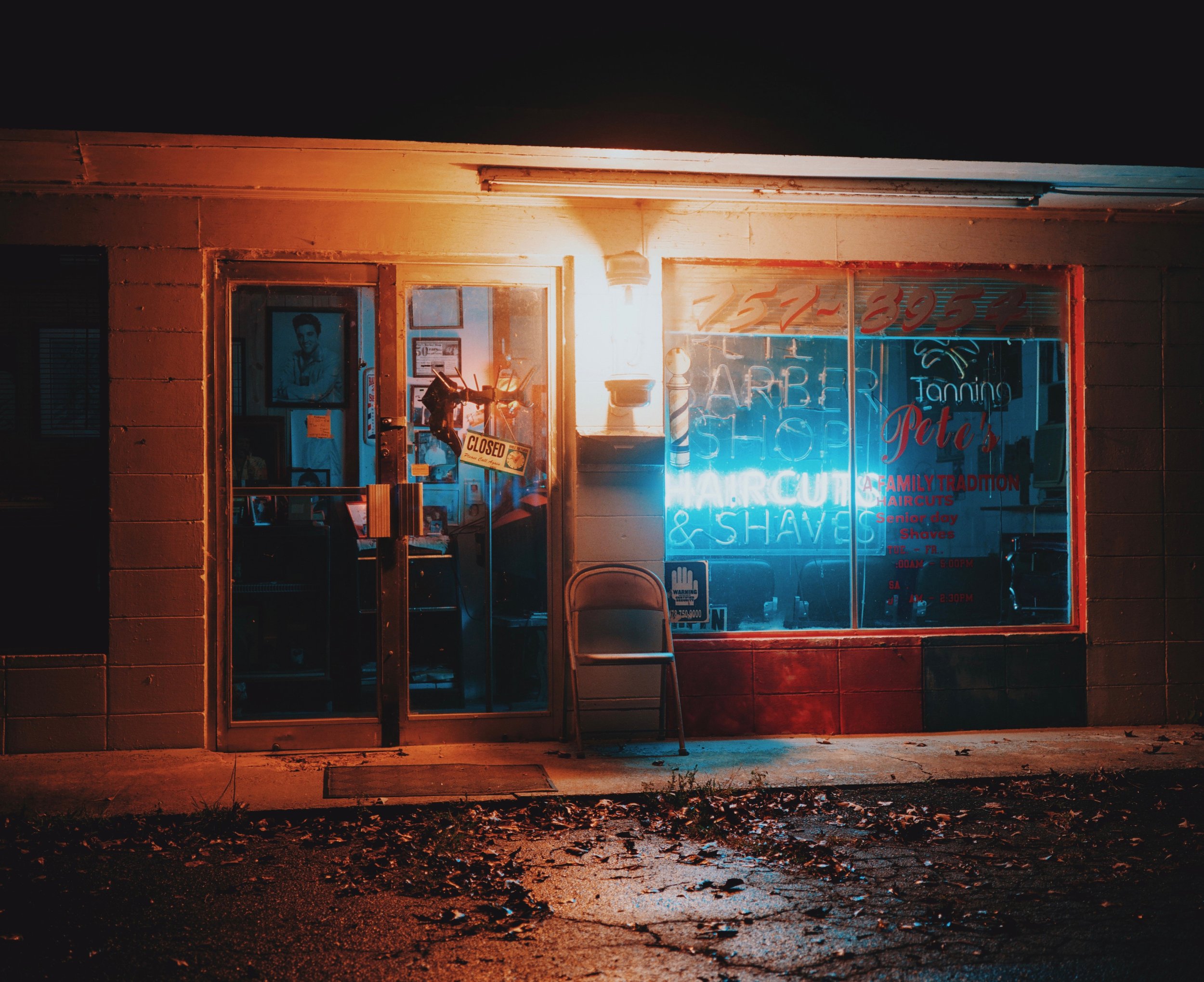How to Create a Photographic Narrative Through Film Photography
Creating a compelling photographic narrative isn’t just about capturing stunning individual images; it involves weaving a series of photos into a story that resonates with emotion and meaning. For film photographers, the tactile and deliberate nature of film adds a layer of depth to this storytelling. Here’s how you can create your own photographic narrative using film.
Understand Your Story
The first step in creating a photographic narrative is to define the story you want to tell. This could be a personal journey, a historical account, a fictional tale, or even a thematic exploration. Think about what emotions or messages you want to convey. Is your story one of joy, nostalgia, loss, or perhaps a mixture of many feelings? Understanding your story’s core will guide your photographic decisions.
Choose Your Subject Matter
Depending on the story, your subjects can vary from people and their expressions to landscapes that evoke a sense of place. Sometimes, inanimate objects can tell powerful stories, especially when they're steeped in history or personal meaning. In my photo book, "Please, Don't Leave Me," I focused on elements that spoke to the essence of childhood, familiarity, and the fleeting nature of moments and settings that shaped my early years.
Select the Right Film Stock
The choice of film stock can greatly influence the mood of your narrative. Different stocks have varying characteristics—some offer higher contrast, while others have softer tones or grainier textures. For instance, a narrative that aims to evoke nostalgia might benefit from a film stock that provides a warm, grainy texture, enhancing that old-time feel like Lomography 800 or Cinestill 400D.
Pay Attention to Composition and Lighting
Composition and lighting are pivotal in storytelling. They guide the viewer’s eye and emphasize the emotional undertone of each shot. For narratives, consider using techniques like leading lines, framing, and the rule of thirds to strengthen the composition. Lighting, on the other hand, can set the mood—harsh shadows might convey drama or mystery, while soft, diffused light can create a sense of calm or nostalgia.
Sequence Your Images Thoughtfully
How you order your images can significantly impact how your story is perceived. The sequencing should feel natural and fluid, guiding the viewer through your narrative logically and emotionally. Start with establishing shots that set the scene, followed by closer details that build the narrative, and conclude with a powerful closing image that encapsulates your story’s essence.
Edit for Cohesion
When putting together a narrative, especially in a book or exhibition format, consistency in editing style helps maintain cohesion throughout the story. This doesn’t mean every photo must look identical, but a uniform approach to exposure, color balancing, and even grain structure can help tie the story together.
Share and Receive Feedback
Sharing your narrative with others can provide new insights and perspectives on your work. Feedback is invaluable as it helps you understand how your audience perceives the story. Whether it's through an online platform, at an exhibition, or during a personal showing, pay attention to viewers' reactions and comments. This can inform potential adjustments to the sequencing or individual images to better convey the intended message.
Reflect and Refine
Creating a photographic narrative is an iterative process. Based on the feedback and your own reflections, revisit your series. You might find that changing an image’s placement or editing a photo slightly could enhance the overall flow of the narrative. Sometimes, you may even discover gaps in your story that require additional images to fill.
Conclusion
Creating a photographic narrative with film is not only about showcasing a series of beautiful images but also about making a connection with the viewer that is both emotional and intellectual. By carefully considering the aspects of storytelling, from conception through presentation, you can craft a narrative that not only depicts a tale but also touches the hearts of those who view it.















